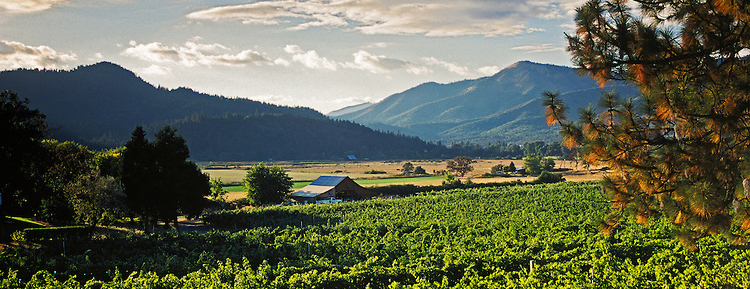The Applegate Valley (Oregon) extends across two states, Oregon and California, and three counties: Jackson County, Josephine County and Siskiyou County, following the meandering, crystal-clear Applegate River. The valley, fertile and temperate, is surrounded by wooded hills and fields of fragrant lavender. Here, small family farms grow organic produce and roaming herds of grass-fed cattle. Within this dynamic terrain lies a special 275,000-acre wine appellation known as the Applegate Valley AVA.
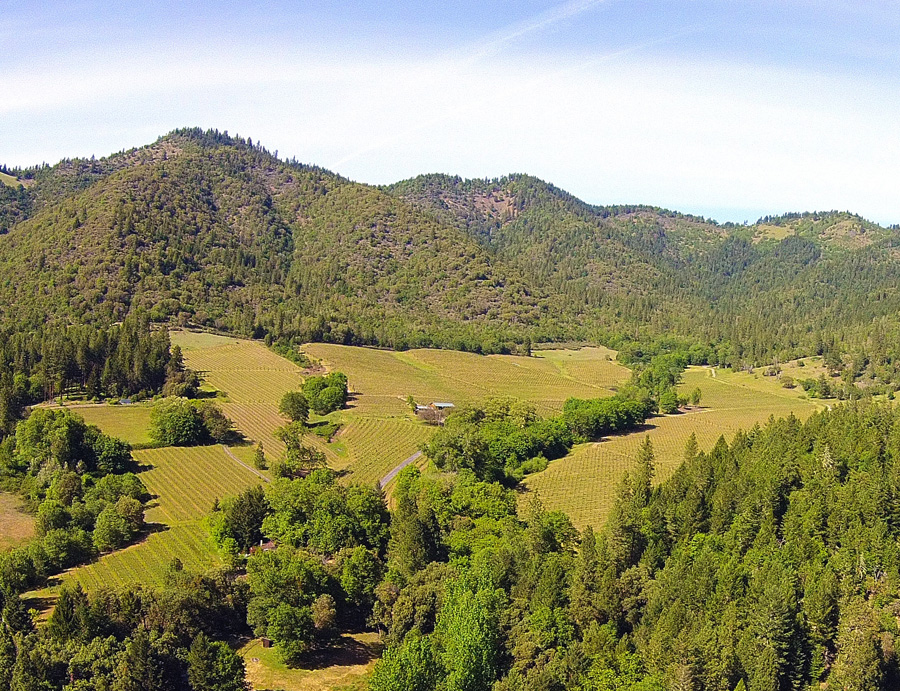
©Applegate Valley AVA
Contained within the Rogue Valley AVA, which itself is part of the larger Southern Oregon AVA, the Applegate Valley AVA is represented by the Applegate Valley Vintners Association, a group of 18 unique wineries producing a wide range of high quality and artisanal wines.
The World Wildlife Fund has named the area “The Galapagos of North America” for its biodiversity-rich landscape, unique in the world. This climatic diversity allows winemakers to produce over seventy different types of wine.
Winemakers are attracted to Applegate for its ideal growing conditions and the freedom to explore new grape varieties and viticulture techniques. Affordable land prices ease pressure on production, which leaves room for creativity. Wines such as Tempranillo, Merlot, Cabernet Franc, Cabernet Sauvignon, Syrah, Viognier, Chardonnay and Zinfandel are available here. Some new varieties: Tannat, Vermentino, Orange Muscat and Mourvédr.
Applegate Valley is classified as Mediterranean climate according to the Köppen climate classification system. The valley (and southwest Oregon in general) is unique in that it retains a typical green Oregon landscape but with nearly half the precipitation of Eugene or Portland.
The Applegate Valley forms the middle ground between the warmer, drier Bear Creek just to the east and the cooler, wetter Illinois Valley toward the coast.
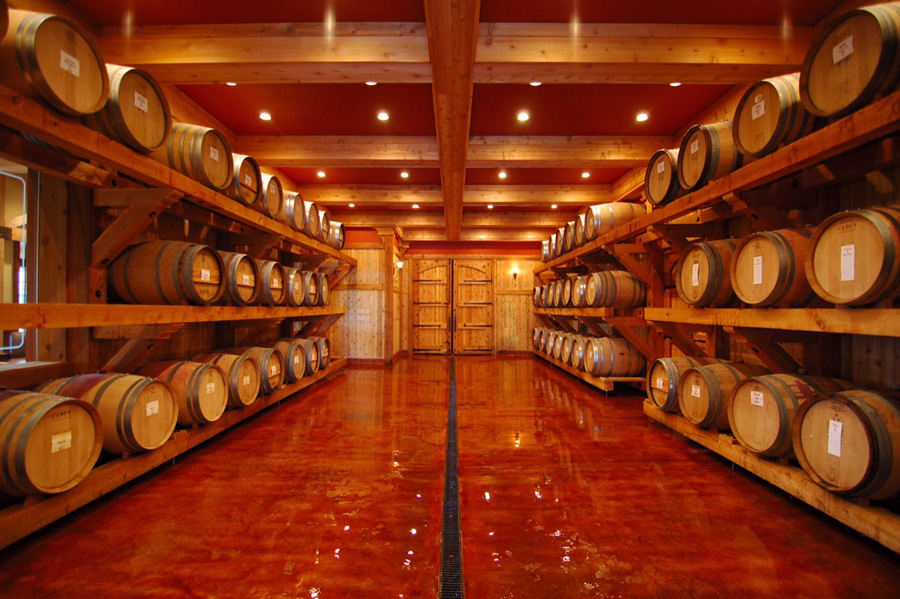
©Applegate Valley AVA
Summer temperatures are mitigated by cool night temperatures. This “diurnal oscillation” is one of the main characteristics that make this wine country superlative. The grapes ripen completely in the heat; acidity is preserved during cool nights.
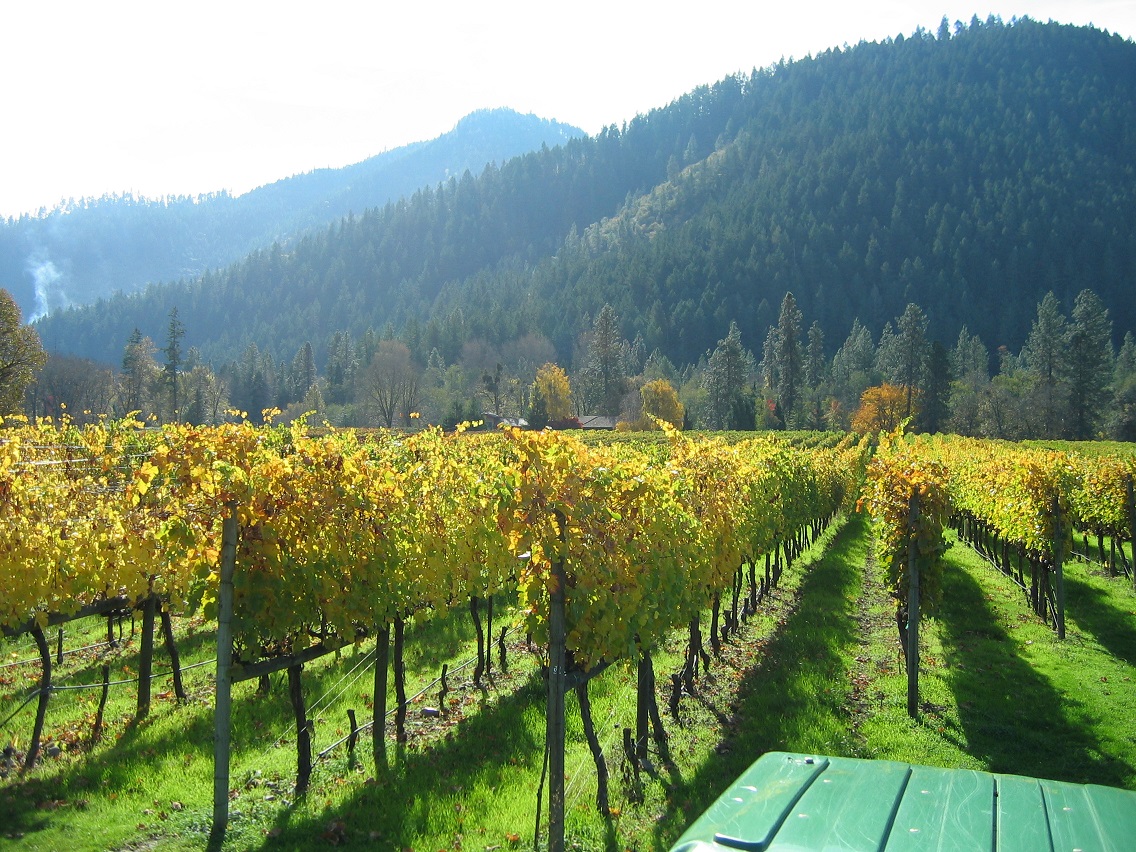
©Applegate Valley AVA
A love of the land inspires many Applegate Valley winemakers to embrace simple growing methods. Some have gone beyond organic to explore biodynamic and even regenerative farming techniques.
Applegate Valley gained its appellation status in 2000. It is a sub-AVA of the Rogue Valley, which is contained within the larger southern Oregon AVA.
The narrow, curved valley creates a natural barrier to large-scale grape production. Soils include fluvial deposits, clay, loam, silt and granite.

©Applegate Valley AVA
The Applegate Valley (Oregon) extends across two states, Oregon and California, and three counties: Jackson County, Josephine County and Siskiyou County, following the meandering, crystal-clear Applegate River. The valley, fertile and temperate, is surrounded by wooded hills and fields of fragrant lavender. Here, small family farms grow organic produce and roaming herds of grass-fed cattle. Within this dynamic terrain lies a special 275,000-acre wine appellation known as the Applegate Valley AVA.
Contained within the Rogue Valley AVA, which itself is part of the larger Southern Oregon AVA, the Applegate Valley AVA is represented by the Applegate Valley Vintners Association, a group of 18 unique wineries producing a wide range of high quality and artisanal wines.
The World Wildlife Fund has named the area “The Galapagos of North America” for its biodiversity-rich landscape, unique in the world. This climatic diversity allows winemakers to produce over seventy different types of wine.
Winemakers are attracted to Applegate for its ideal growing conditions and the freedom to explore new grape varieties and viticulture techniques. Affordable land prices ease pressure on production, which leaves room for creativity.
Wines such as Tempranillo, Merlot, Cabernet Franc, Cabernet Sauvignon, Syrah, Viognier, Chardonnay and Zinfandel are available here. Some new varieties: Tannat, Vermentino, Orange Muscat and Mourvédr.
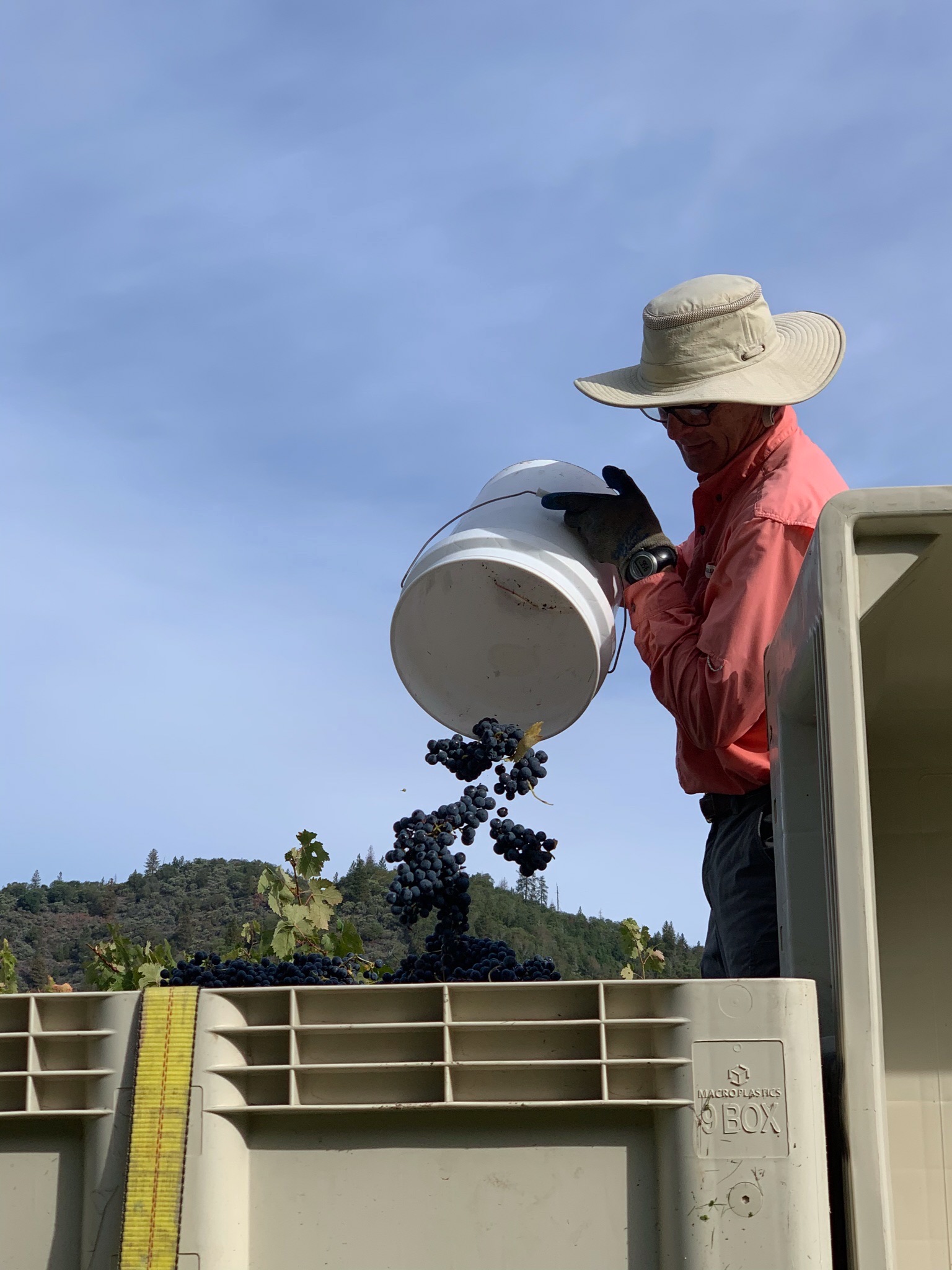
©Applegate Valley AVA
Applegate Valley is classified as Mediterranean climate according to the Köppen climate classification system. The valley (and southwest Oregon in general) is unique in that it retains a typical green Oregon landscape but with nearly half the precipitation of Eugene or Portland.
The Applegate Valley forms the middle ground between the warmer, drier Bear Creek just to the east and the cooler, wetter Illinois Valley toward the coast.
Summer temperatures are mitigated by cool night temperatures. This “diurnal oscillation” is one of the main characteristics that make this wine country superlative. The grapes ripen completely in the heat; acidity is preserved during cool nights.

©Applegate Valley AVA
A love of the land inspires many Applegate Valley winemakers to embrace simple growing methods. Some have gone beyond organic to explore biodynamic and even regenerative farming techniques.
Applegate Valley gained its appellation status in 2000. It is a sub-AVA of the Rogue Valley, which is contained within the larger southern Oregon AVA.
The narrow, curved valley creates a natural barrier to large-scale grape production. Soils include fluvial deposits, clay, loam, silt and granite.


